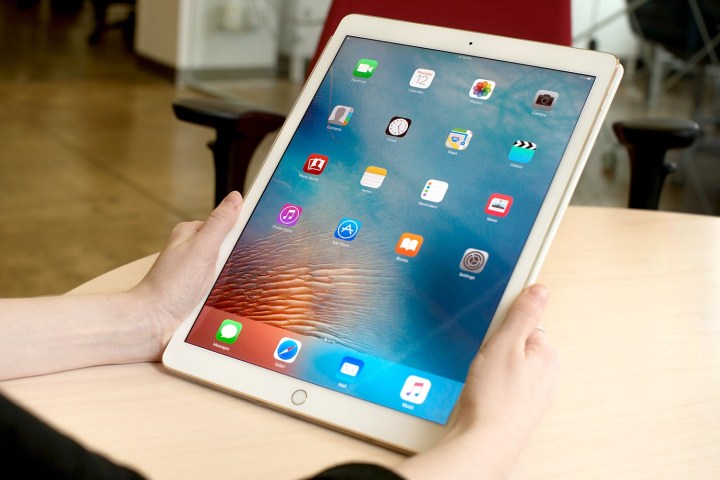
In fact, the second quarter of 2016 saw a tablet sales decline of 12.3 percent year over year, with only 38.7 million units shipping worldwide. That figure includes both standard tablets and tablets with a detachable keyboard.
When it comes to operating systems being shipped, Android dominated with a 65 percent market share — despite the fact that Apple is the top tablet seller. Not only that, but as IDC notes, there are early signs of a change in the tablet market, as “champions of [Android] have begun to offer Windows-based products, hedging against the decline of
As mentioned, Apple was the biggest seller of tablets, commanding a cool 25.8 percent of the market. Despite seeing a decrease in tablet sales, Apple actually saw an increase in market share. Samsung came in second with a 15.6 percent market share, and Lenovo third, with 6.6 percent of the market.
Interestingly enough, Amazon also showed up in the top five tablet sellers — taking 4 percent of the market. Normally, Amazon gets a boost in fourth-quarter sales due to its focus on the holiday season.
So why is there such a huge decline in tablet sales in general? There are a number of reasons the tablet craze isn’t what it once was. Unlike smartphones, people are typically keeping their tablets for at least a few years, and now that many people have a tablet, there aren’t that many first-time tablet buyers. Not only that, but as smartphones have gotten larger, users haven’t seen as much of a need to own a tablet which would only be slightly larger than their smartphone.
It’s likely that the tablet market will continue to decline, however it’s unclear if it will eventually hold in terms of sales, or if it will disappear altogether.
Editors' Recommendations
- I used AR glasses with Android tablets and iPads. Only one was good
- I made myself try a 14.5-inch tablet — and it didn’t go very well
- iPhone 13 and Z Flip 3 keep Apple and Samsung sales strong in U.S. and Europe
- The best tablet deals you can shop before Prime Day 2020
- Amazon Echo still king among smart speakers despite declining U.S. market share


